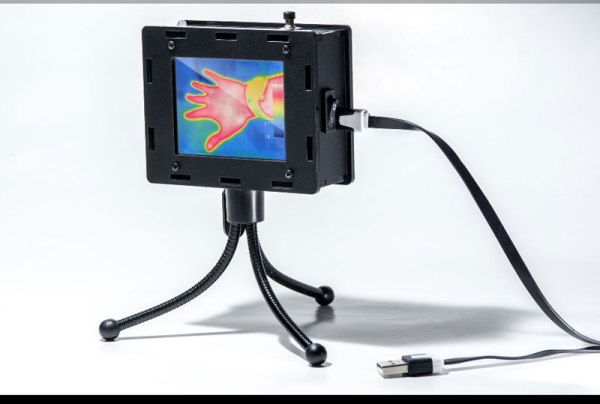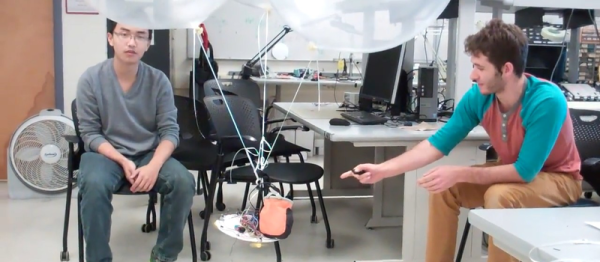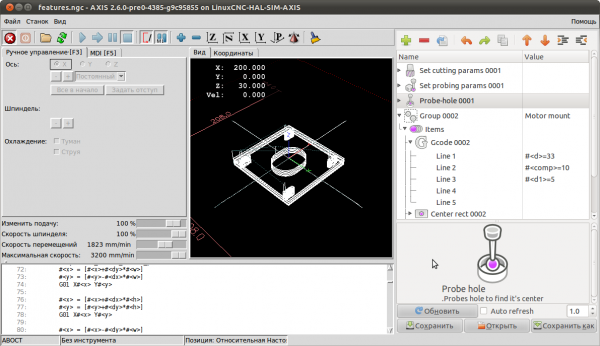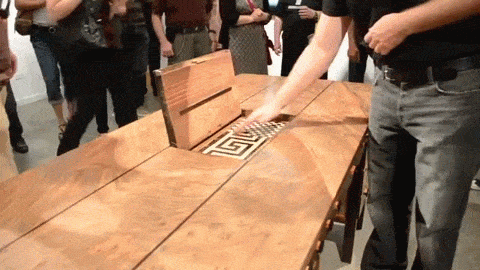[Macaulay Culkin] err… [Kevin McCallister] pulled off some epic 1990 hacks to scare off a couple of bumbling burglars in the classic film Home Alone. Now celebrating its 25th Anniversary, it’s fun to see the tricks [Kevin] used to spoof a house party brought into this age of high-technology.
The trick in the original movie was all about silhouettes in the windows that made the house look full of people. [Michael Jordan’s] cardboard cutout taped to a model train is fairly believable. But really, who has a half-dozen mannequins just sitting in their attic? Creepy.
The marketing company RedPepper are behind the facelift of this pop culture icon. They outfitted their offices with some window dressings that are perfect for the silhouettes. In a delightful cyberpunk twist they went with projects and digital silhouettes. Embracing our current tech-heavy lives is the mobile aspect of it all. Of course there’s an app for that. It means [Kevin] doesn’t have to pull the strings. He can hide outside the building and decide which animations are played by the projectors within. Check it out after the break.



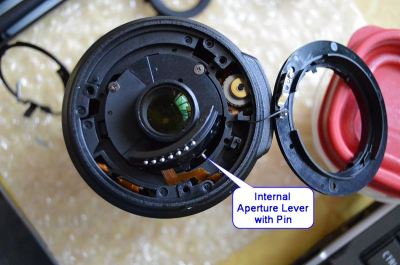 Keeping screws and various parts in order is key when taking apart a lens. [Kratz] used a tip he learned right here on Hackaday: He drew a diagram of the screw positions on a thick piece of paper. He then stuck each screw right into the paper in its proper position.
Keeping screws and various parts in order is key when taking apart a lens. [Kratz] used a tip he learned right here on Hackaday: He drew a diagram of the screw positions on a thick piece of paper. He then stuck each screw right into the paper in its proper position.